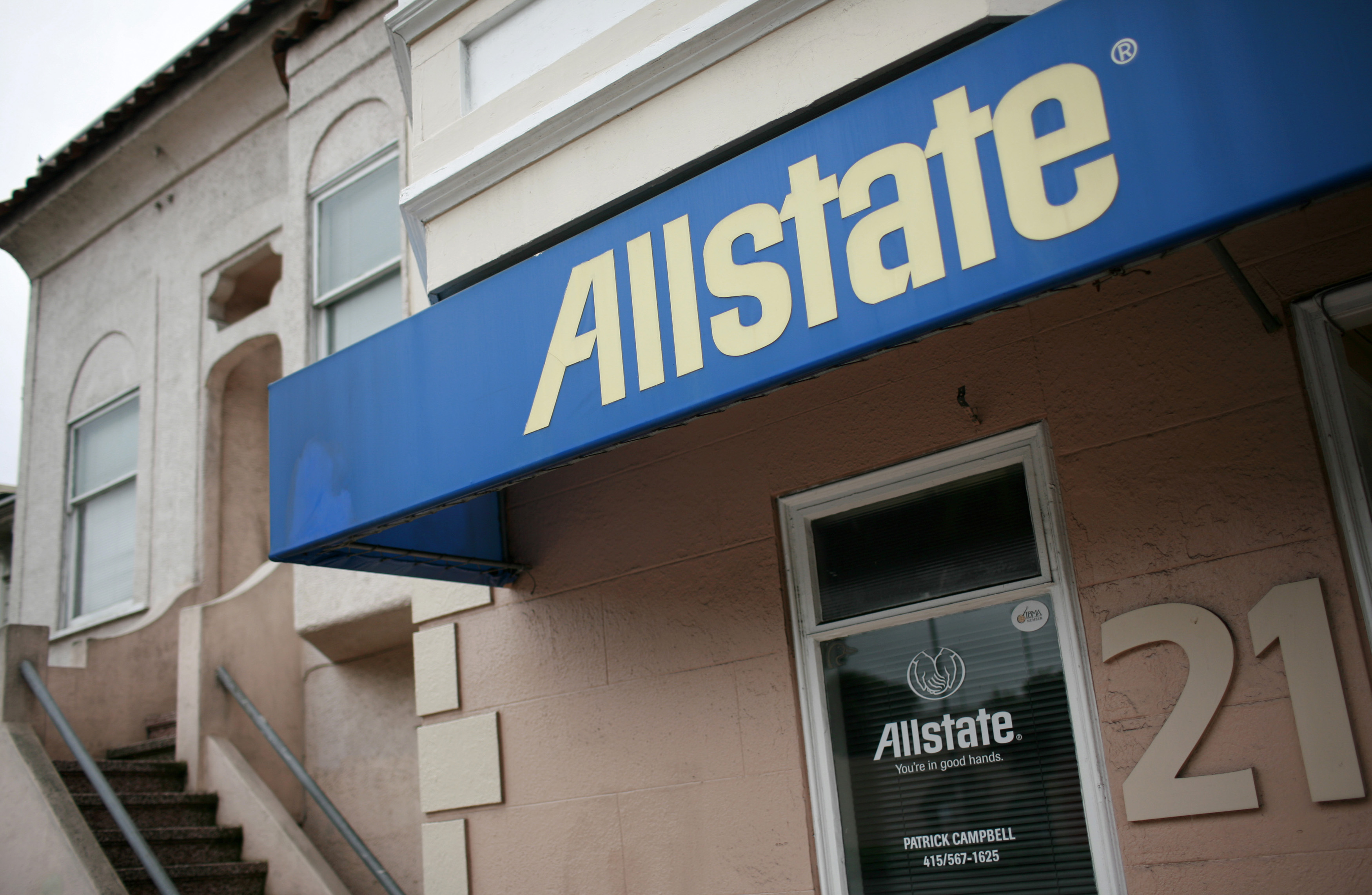
(Reuters) – Major U.S. insurers are offering credit to auto and motorcycle policyholders following a decline in driving, as most Americans stay at home under widespread orders to help contain the spread of the novel coronavirus.
Following is a list of companies that have offered to return premiums:
ALLSTATE CORP
Allstate, one of the largest U.S. auto insurers, said it would return more than $1 billion in premiums to customers. Most customers will receive a “payback” of 15% of their monthly premium for April, May and June, the company said.
AMERICAN FAMILY INSURANCE
The auto insurer said it will return additional money to customers, taking the total to $425 million, through a 10% credit on personal auto policies in force from July to December end, and expanded discounts.
The company had begun the exercise in mid-April, when it said customers will receive $50 per vehicle covered by their policies, the company said.
AVIVA CANADA
Aviva Canada said it was offering $100 million in additional immediate relief measures to drivers, including options that would reduce insurance premiums. Customers who have stopped driving entirely could reduce their auto insurance premiums by up to 75%.
CHUBB <CB.BN>
The world’s largest listed property and casualty insurance company said it will give personal auto insurance clients in the United States credit on annual renewal premiums, reflecting a 35% cut for the months of April and May.
ERIE INSURANCE
The insurer said it would provide $200 million in dividends to personal and auto insurance customers in 12 states and the District of Columbia. This is in addition to the $200 million in rate reductions announced previously, bringing the total announced relief to $400 million.
FARMERS INSURANCE
Farmers and 21st Century-branded auto customers will receive a 25% reduction in their April premium. The insurer said it has also implemented flexible payment plans and a temporary pause on cancellations.
GEICO
Geico Corp, part of billionaire Warren Buffett’s Berkshire Hathaway Inc, said it will offer about $2.5 billion of credits to its 19 million auto and motorcycle policyholders. The insurer said it will offer a 15% credit on policies up for renewal between April 8 and Oct. 7, averaging about $150 per auto policy and $30 per motorcycle policy.
HANOVER INSURANCE GROUP
The company said it will return 15% of April and May auto premiums to its eligible personal lines customers. Hanover will also offer flexible bill payment options.
LIBERTY MUTUAL INSURANCE
Liberty Mutual Insurance will give personal auto insurance customers a 15% refund on two months of their annual premium, returning about $250 million to Liberty Mutual and Safeco personal auto insurance customers.
METLIFE
The company said it is providing financial relief and preserving coverage in the event of missed payments. Active MetLife auto customers, who have paid to date, will receive a 15% credit for April and May based on their monthly premiums.
PROGRESSIVE INSURANCE CORP
Among the largest U.S. auto insurers, Progressive said it would provide about $1 billion to personal auto customers. The company will credit eligible customers 20% of their April and May premiums.
STATE FARM
The largest U.S. auto insurer said it would pay $2 billion in dividends to its customers, with premium credit of about 25% for the period between March 20 and May 31.
The company also said it was working to reduce auto insurance rates in every state. The national average for the cuts is 11%, saving customers a total of about $2.2 billion.
TRAVELERS COMPANIES INC <TRV.N>
The insurer said it was giving U.S. personal auto insurance customers a 15% credit on their April and May premiums through its new stay-at-home auto premium credit program. It said it will continue to provide auto coverage to customers whose jobs include using their personal vehicles to make food, grocery, pharmacy and medical supply deliveries.
USAA
USAA, America’s fifth-largest property-casualty insurer, said it will return a total of $800 million to its members.
Source: Company data
(Reporting by Noor Zainab Hussain in Bengaluru; Editing by Aditya Soni, Leslie Adler, Stev Orlofsky, Anil D’Silva, Shinjini Ganguli and Shailesh Kuber)




